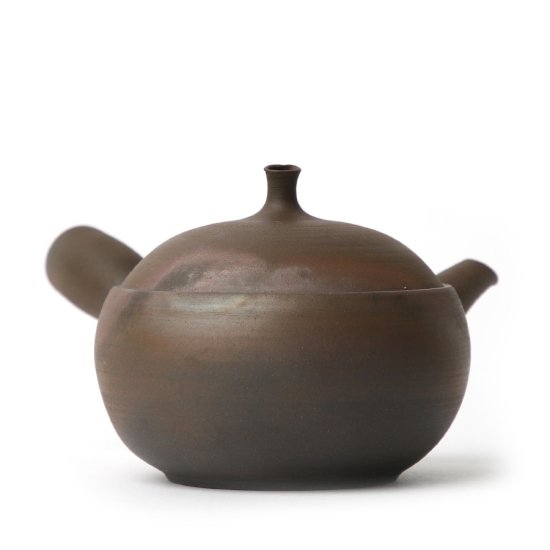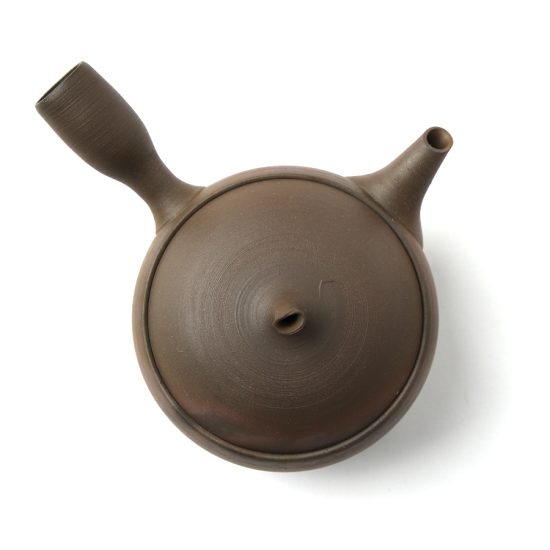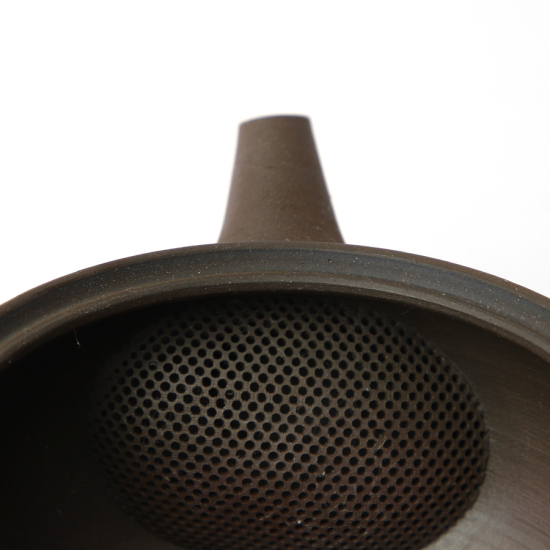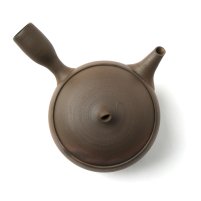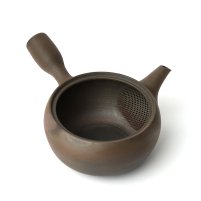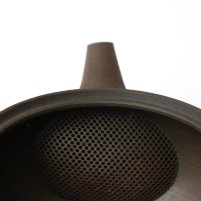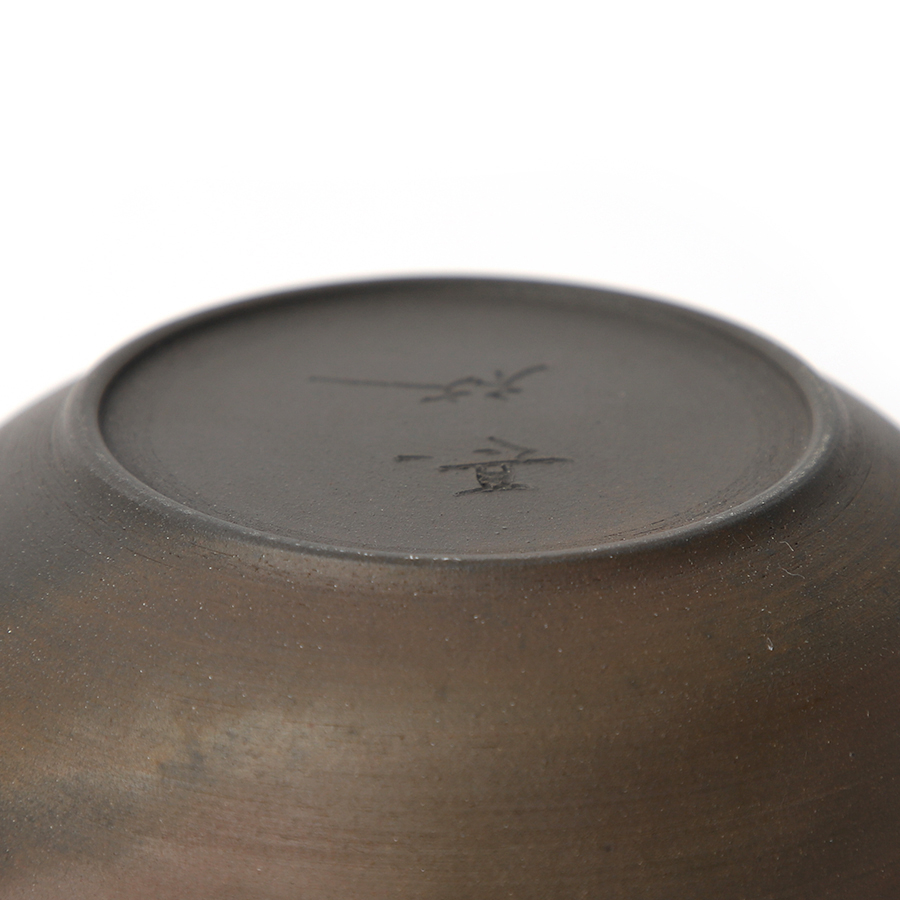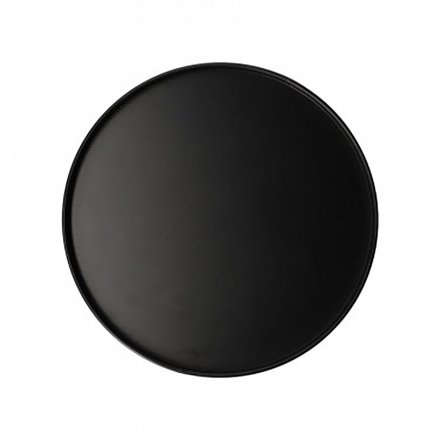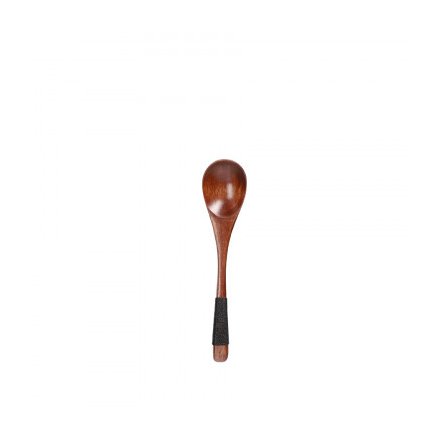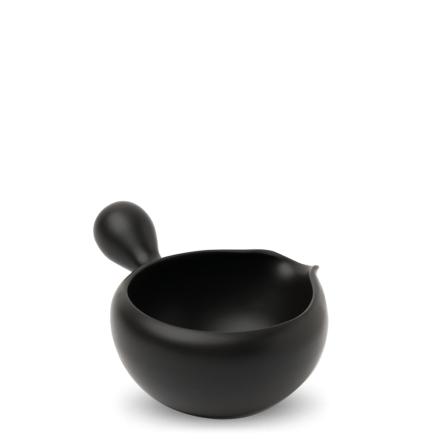As with all unglazed ceramics, wash with warm water and a soft cloth only. Do not use detergents or put in the dishwasher. Pat the outside dry with a towel and/or leave the kyusu to air dry naturally with the lid off. If tea leaves get trapped in the filter, brush away with a soft brush, such as a toothbrush.
Kyusu Tokoname
Yohen
Jinshu
SKU
4660
Completely handmade kyusu by Master Jinshu (born 1949), this teapot's harmonious shape is designed to be reminiscent of an apple. The large opening makes it very easy to clean, 260ml.
| Type | Yohen Tokoname-yaki kyusu with side handle |
| Origin | Tokoname, Aichi, Japan |
| Studio/Artist | Jinshu |
| Volume | 260ml |
| Weight | 230g |
| Material | Ceramic |
| Glaze | Yohen |
| Production | Potter's wheel (rokuro) |
| Strainer | Ceramic (cera-mesh) |
| Artist's Stamp | Yes |
In stock



